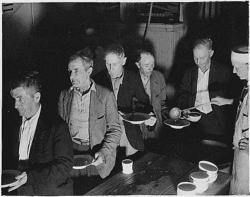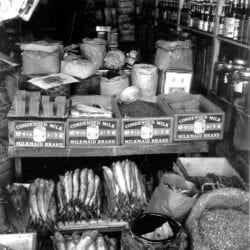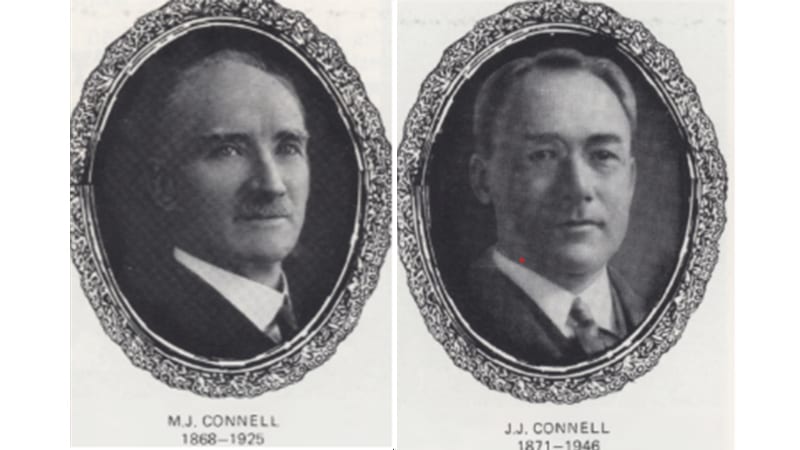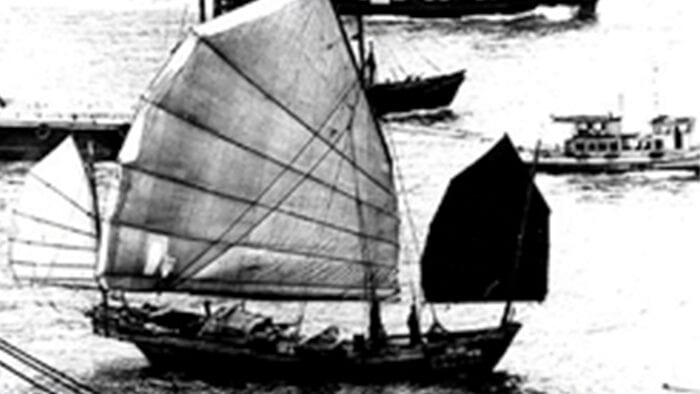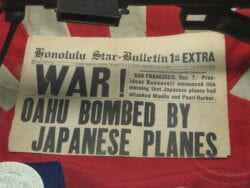The Great Depression … and Expansion in Asia for Wilbur-Ellis
When the U.S. stock market crashed in 1929, an era of unprecedented prosperity came to an end. The crash marked the beginning of the Great Depression, which impacted America and the industrialized world throughout the 1930s.
In the U.S. 30 percent of the workforce – or 15 million people – were out of work by 1933. Nearly half of the nation’s banks failed, and breadlines and soup kitchens were a common sight.
As the financial collapse devastated the economy, in America’s heartland another crisis was unfolding. In the Southern Plains, farmers were facing the worst drought in American history. The Dust Bowl killed livestock and crops, driving some 2.5 million people from their farms, with many heading west to California.
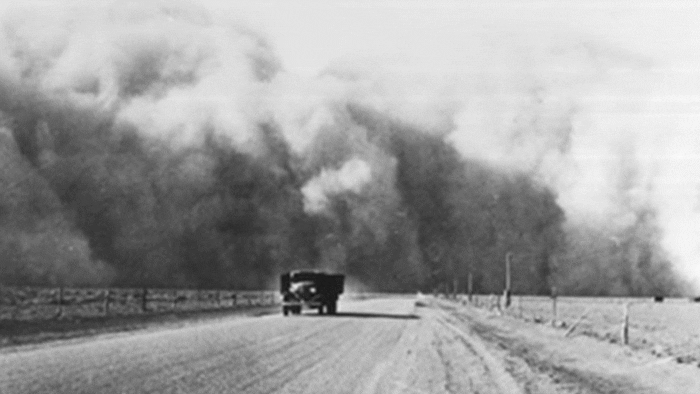
Against this backdrop, Wilbur-Ellis also faced uncertainty. After a successful start in the 1920s, there was red ink on the balance sheet for the first time as the 1930s began. Workers’ pay had to be reduced, as commodity prices plummeted. Fish oil, for example, dropped from 50 cents a gallon in 1924 to just 8 cents. Fish meal prices, which ranged between $50 to $60 a ton in 1924, sold for $19.
In the midst of the difficulties, Wilbur-Ellis leaders believed there was opportunity for those who were able and willing to take a “calculated risk,” as Brayton Wilbur Sr. recalled in a letter to his son, Brayton Wilbur Jr., many years later. And that’s just what the company did.
